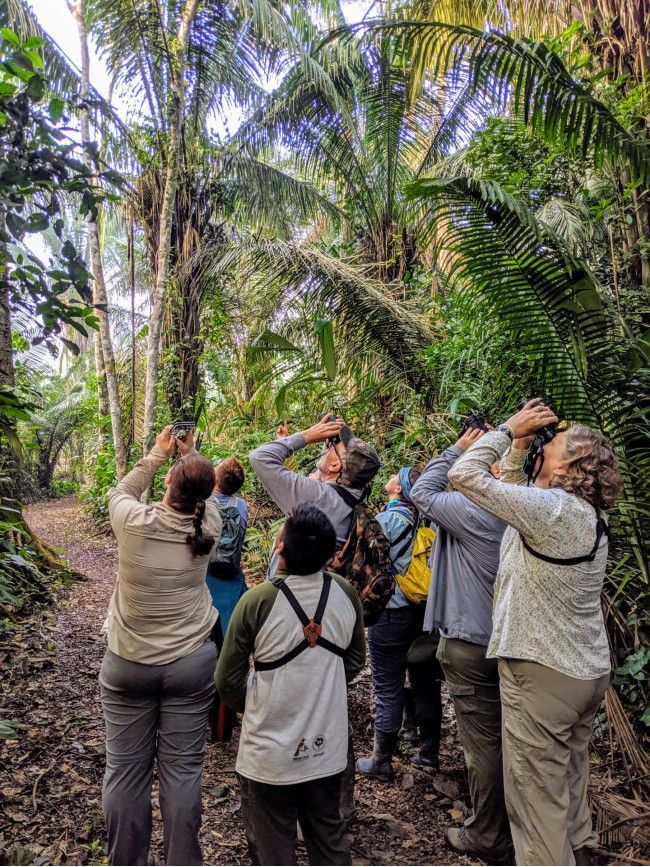
Earth Expeditions
African Conservation Centre - Kenya
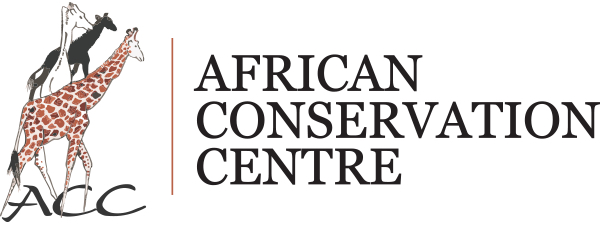
An indigenous African conservation initiative, the African Conservation Centre brings together the people and skills needed to build East Africa ‘s capacity to conserve wildlife through sound science, local initiatives and good governance. East Africa’s great wildlife spectacle coexisted with people for millennia unlike elsewhere in the world. However, population growth, poverty, alterations in land use and poaching have halved wildlife numbers. The future of Africa’s wildlife depends on safeguarding critical space both outside and inside parks. The ACC works towards this goal by winning local support and gaining national and international backing for conservation initiatives. Project Dragonfly partners with ACC on the Earth Expeditions Kenya course.
Applied Environmental Research Foundation - India
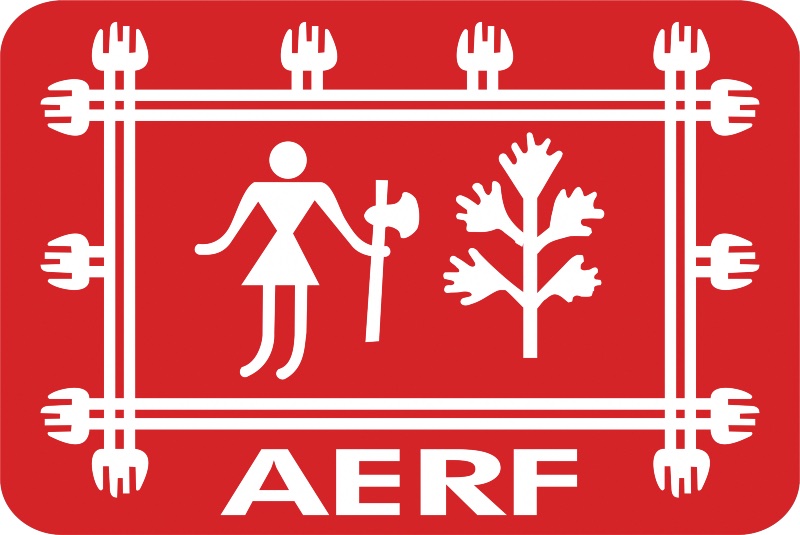 Applied Environmental Research Foundation works through 5 programmes in 2 biodiversity hotspots within India. Applied research welded with active local participation forms the core strategy in all of the Foundation’s programmes. In developing and implementing its programmes, AERF follows a systematic, phase-wise process they call “Conservation on the ground.” The Foundation aims to address the biological diversity loss of a region by building sustainable development models that would also benefit the areas’ local populace. AERF believes in community-based conservation or participatory conservation which implies involving people in the process of conservation. AERF operates through a strong network of organizations. Project Dragonfly partners with AERF on the Earth Expeditions India course.
Applied Environmental Research Foundation works through 5 programmes in 2 biodiversity hotspots within India. Applied research welded with active local participation forms the core strategy in all of the Foundation’s programmes. In developing and implementing its programmes, AERF follows a systematic, phase-wise process they call “Conservation on the ground.” The Foundation aims to address the biological diversity loss of a region by building sustainable development models that would also benefit the areas’ local populace. AERF believes in community-based conservation or participatory conservation which implies involving people in the process of conservation. AERF operates through a strong network of organizations. Project Dragonfly partners with AERF on the Earth Expeditions India course.
Associação Mico-Leão Dourado - Brazil
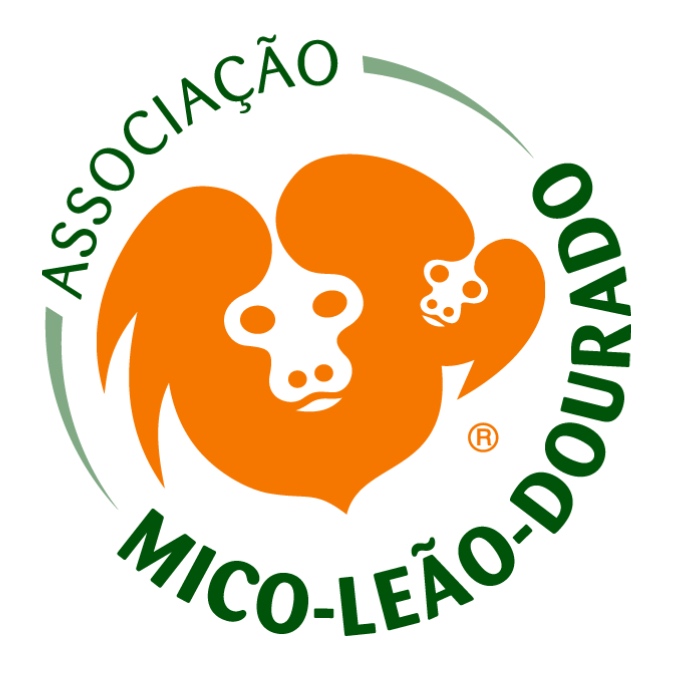 Associação Mico-Leão Dourado (AMLD) is a Brazilian non-profit organization founded in 1992 to save golden lion tamarins in their native habitat, the Atlantic Forest of Rio de Janeiro. AMLD has played a central role in golden lion tamarin conservation. Associação Mico-Leão Dourado is supported in the U.S. by the non-profit organization Save the Golden Lion Tamarin. Project Dragonfly partners with AMLD on the Earth Expeditions Brazil course.
Associação Mico-Leão Dourado (AMLD) is a Brazilian non-profit organization founded in 1992 to save golden lion tamarins in their native habitat, the Atlantic Forest of Rio de Janeiro. AMLD has played a central role in golden lion tamarin conservation. Associação Mico-Leão Dourado is supported in the U.S. by the non-profit organization Save the Golden Lion Tamarin. Project Dragonfly partners with AMLD on the Earth Expeditions Brazil course.
Audubon Miami Valley - Ohio, USA
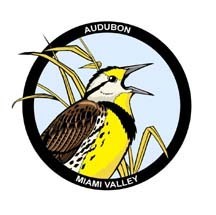 AMV, in collaboration with Project Dragonfly, supports educators who live in the Miami Valley (near Miami University's in-person campuses) and who advocate environmental stewardship and global understanding. AMV has been a chapter of the National Audubon Society in southwestern Ohio’s Butler and Preble counties since 1976. AMV helps support Dragonfly students through the Rosie Bloom scholarship program.
AMV, in collaboration with Project Dragonfly, supports educators who live in the Miami Valley (near Miami University's in-person campuses) and who advocate environmental stewardship and global understanding. AMV has been a chapter of the National Audubon Society in southwestern Ohio’s Butler and Preble counties since 1976. AMV helps support Dragonfly students through the Rosie Bloom scholarship program.
The Belize Zoo and Tropical Education Center - Belize
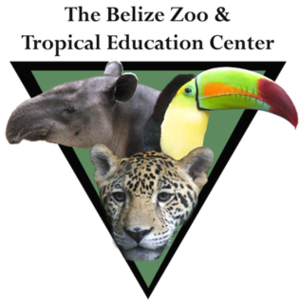 The Belize Zoo and Tropical Education Center was started in 1983, as a last ditch effort to provide a home for a collection of wild animals which had been used in making documentary films about tropical forests. Shortly after the backyard “zoo” began, it was quickly realized that its local visitors were unfamiliar with different species of Belizean wildlife. Today, The Belize Zoo is settled upon 29 acres of tropical savanna and exhibits over 125 animals native to Belize. The Tropical Education Centre is an 84-acre site set in unspoiled savannah land located adjacent to the Belize Zoo. Project Dragonfly partners with TBZTEC on the Earth Expeditions Belize course.
The Belize Zoo and Tropical Education Center was started in 1983, as a last ditch effort to provide a home for a collection of wild animals which had been used in making documentary films about tropical forests. Shortly after the backyard “zoo” began, it was quickly realized that its local visitors were unfamiliar with different species of Belizean wildlife. Today, The Belize Zoo is settled upon 29 acres of tropical savanna and exhibits over 125 animals native to Belize. The Tropical Education Centre is an 84-acre site set in unspoiled savannah land located adjacent to the Belize Zoo. Project Dragonfly partners with TBZTEC on the Earth Expeditions Belize course.
CECCOT - Amazon
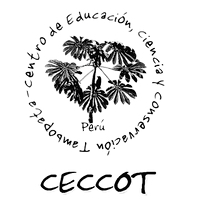 CECCOT is the Centro de Educacion, Ciencia y Conservacion Tambopata or Tambopata Center for Conservation Science and Education located in the Peruvian Amazon. CECCOT’s mission is to promote human integrated conservation of tropical rainforest by offering learning opportunities on research, conservation, education and sustainable livelihoods for the local community and visitors of all ages. CECCOT aims to become a conservation center that serves as a base for research and education programs while providing a model of sustainability and sound conservation practices. Project Dragonfly partners with CECCOT on the Earth Expeditions Amazon course.
CECCOT is the Centro de Educacion, Ciencia y Conservacion Tambopata or Tambopata Center for Conservation Science and Education located in the Peruvian Amazon. CECCOT’s mission is to promote human integrated conservation of tropical rainforest by offering learning opportunities on research, conservation, education and sustainable livelihoods for the local community and visitors of all ages. CECCOT aims to become a conservation center that serves as a base for research and education programs while providing a model of sustainability and sound conservation practices. Project Dragonfly partners with CECCOT on the Earth Expeditions Amazon course.
Cheetah Conservation Fund - Namibia
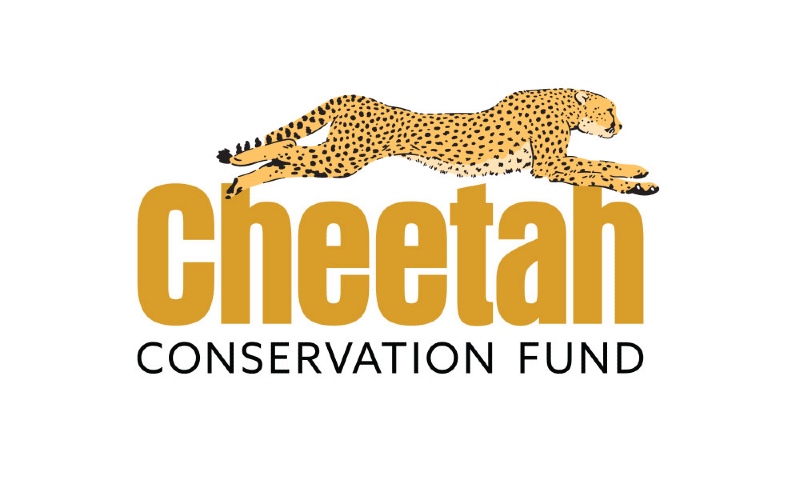 The Cheetah Conservation Fund conducts research and implements strategies for cheetah conservation in the cheetah’s natural habitat. From its Namibian base, CCF works with countries that have wild cheetah populations. CCF works to create and manage long-term conservation strategies for the cheetah throughout its range; develop and implement better livestock management practices, eliminating the need for ranchers to kill so many cheetah; maintain conservation education programs for local villagers, ranchers, and school children; and continue intensive scientific research in cheetah genetics, biology, and species survival. Project Dragonfly partners with CCF on the Earth Expeditions Namibia course.
The Cheetah Conservation Fund conducts research and implements strategies for cheetah conservation in the cheetah’s natural habitat. From its Namibian base, CCF works with countries that have wild cheetah populations. CCF works to create and manage long-term conservation strategies for the cheetah throughout its range; develop and implement better livestock management practices, eliminating the need for ranchers to kill so many cheetah; maintain conservation education programs for local villagers, ranchers, and school children; and continue intensive scientific research in cheetah genetics, biology, and species survival. Project Dragonfly partners with CCF on the Earth Expeditions Namibia course.
Danau Girang Field Centre - Borneo
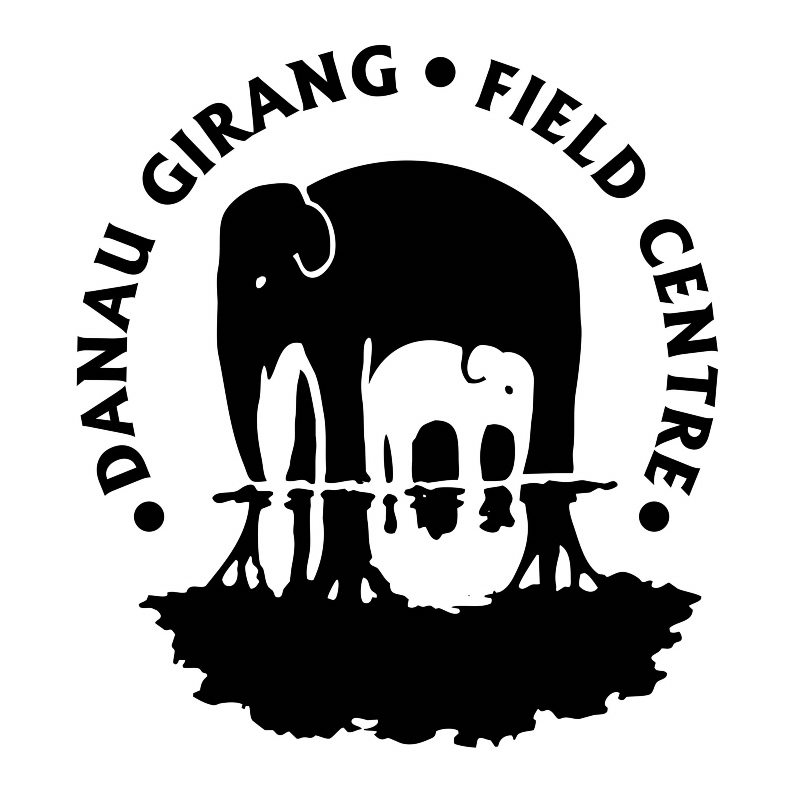
The Danau Girang Field Centre is a collaborative research and training facility managed by Cardiff University and Sabah Wildlife Department. It is situated in Lot 6 of the Lower Kinabatangan Wildlife Sanctuary in Sabah, Malaysia and is surrounded by a mixture of lowland dipterocarp forest types, ranging from primary forest to disturbed secondary forest, in a matrix landscape with significant human impact including villages, small scale agriculture and oil palm plantations. Centre staff conduct ongoing research on the genetics and demographics of the Sanctuary’s mammal species, mainly in collaboration with the NGO HUTAN. The centre also provides facilities for field courses for the higher education sector, from overseas and within the Asia-Pacific region including Malaysia. Project Dragonfly partners with DGFC on the Earth Expeditions Borneo course.
ECOS - Galápagos
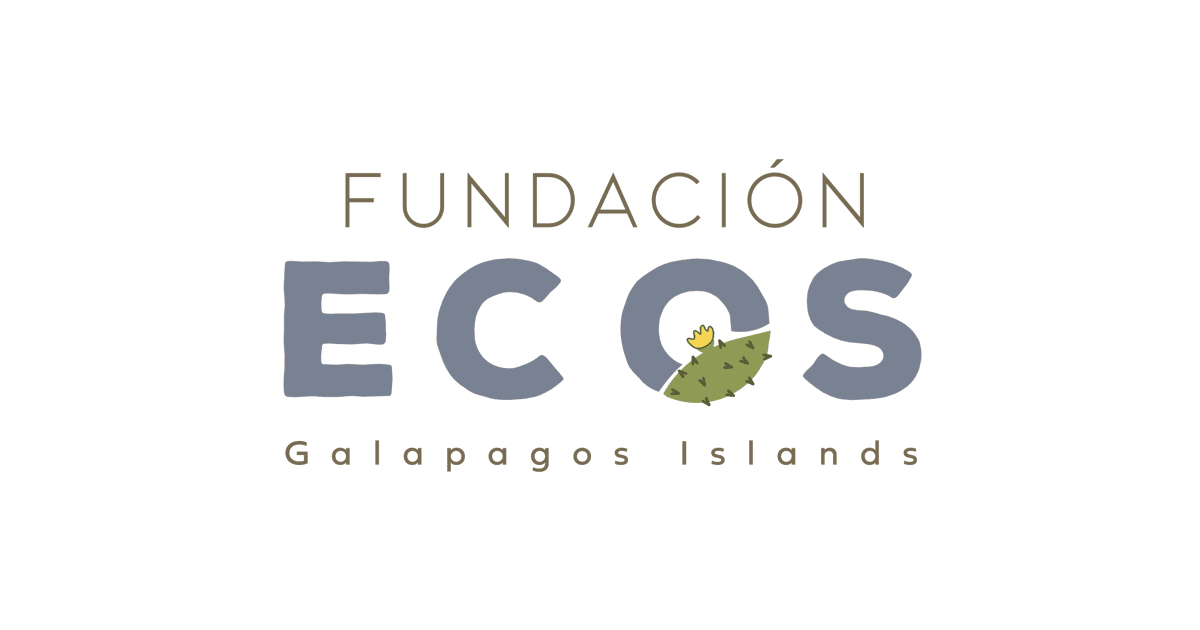 ECOS works to create partnerships for global impact and is based in the Galápagos Islands, Ecuador. ECOS’s mission is to improve and inspire science education and conservation efforts worldwide through field-based student-scientist partnerships. ECOS empowers youth to take an active role in conservation. Project Dragonfly partners with ECOS on the Earth Expeditions Galápagos course.
ECOS works to create partnerships for global impact and is based in the Galápagos Islands, Ecuador. ECOS’s mission is to improve and inspire science education and conservation efforts worldwide through field-based student-scientist partnerships. ECOS empowers youth to take an active role in conservation. Project Dragonfly partners with ECOS on the Earth Expeditions Galápagos course.
Great Barrier Reef Marine Park Authority - Australia
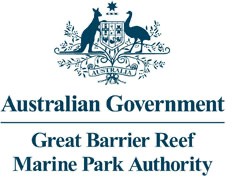 The Great Barrier Reef Marine Park Authority is responsible for the long-term health of the Great Barrier Reef for future generations. Located in Townsville, Queensland, Reef Authority focuses on several goals including enhancing Reef resilience through partnerships, collaboration and education. Project Dragonfly partners with GBRMPA on the Earth Expeditions Australia course.
The Great Barrier Reef Marine Park Authority is responsible for the long-term health of the Great Barrier Reef for future generations. Located in Townsville, Queensland, Reef Authority focuses on several goals including enhancing Reef resilience through partnerships, collaboration and education. Project Dragonfly partners with GBRMPA on the Earth Expeditions Australia course.
Irbis Mongolian Center - Mongolia
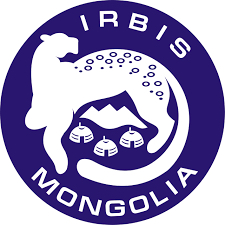 Established as a non-governmental organization in 2001, the Irbis Mongolian Center was established to support research and conservation of cats in Mongolia. Together with Meredith Brown, Irbis Mongolia initiated a first-ever field study of the Pallas’s cats (Otocolobus manul). The project has a dedicated field camp, employed biologists, and research is ongoing. Project Dragonfly partners with IMC on the Earth Expeditions Mongolia course.
Established as a non-governmental organization in 2001, the Irbis Mongolian Center was established to support research and conservation of cats in Mongolia. Together with Meredith Brown, Irbis Mongolia initiated a first-ever field study of the Pallas’s cats (Otocolobus manul). The project has a dedicated field camp, employed biologists, and research is ongoing. Project Dragonfly partners with IMC on the Earth Expeditions Mongolia course.
Iwokrama Centre - Guyana
 The Iwokrama Centre was established in 1996 to manage the Iwokrama forest area. Enshrined in an Act of the Guyana Parliament, the agreement gave the Centre the mandate to “promote the conservation and the sustainable and equitable use of tropical rainforests in a manner that will lead to lasting ecological, economic and social benefits to the people of Guyana and to the world in general.” Dedicated as a place for research “to develop, demonstrate, and make available to Guyana and the international community systems, methods and techniques for the sustainable management and utilization of the multiple resources of the Tropical Forest and the conservation of biological diversity,” the Iwokrama rainforest is located in the geographical heart of Guyana. It comprises 371,000 hectares of forest (1.6% of Guyana’s landmass and 2% of Guyana forests). Project Dragonfly partners with IIC on the Earth Expeditions Guyana course.
The Iwokrama Centre was established in 1996 to manage the Iwokrama forest area. Enshrined in an Act of the Guyana Parliament, the agreement gave the Centre the mandate to “promote the conservation and the sustainable and equitable use of tropical rainforests in a manner that will lead to lasting ecological, economic and social benefits to the people of Guyana and to the world in general.” Dedicated as a place for research “to develop, demonstrate, and make available to Guyana and the international community systems, methods and techniques for the sustainable management and utilization of the multiple resources of the Tropical Forest and the conservation of biological diversity,” the Iwokrama rainforest is located in the geographical heart of Guyana. It comprises 371,000 hectares of forest (1.6% of Guyana’s landmass and 2% of Guyana forests). Project Dragonfly partners with IIC on the Earth Expeditions Guyana course.
Kinabatangan Orang-utan Conservation Project - Borneo
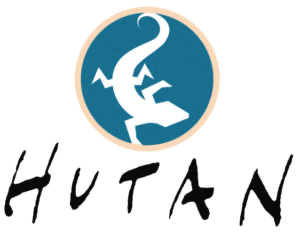 Kinabatangan Orang-utan Conservation Project(KOCP) is a small NGO dedicated to the conservation of the orang-utan, elephant and other wildlife species living in Sabah (Borneo). KOCP works in close partnership with the local communities, the Sabah Wildlife Department and various partners to achieve its conservation goals. Set up in 1998, the project consists of highly motivated team of trained staff from the Kinabatangan community. Project Dragonfly partners with KOCP on the Earth Expeditions Borneo course.
Kinabatangan Orang-utan Conservation Project(KOCP) is a small NGO dedicated to the conservation of the orang-utan, elephant and other wildlife species living in Sabah (Borneo). KOCP works in close partnership with the local communities, the Sabah Wildlife Department and various partners to achieve its conservation goals. Set up in 1998, the project consists of highly motivated team of trained staff from the Kinabatangan community. Project Dragonfly partners with KOCP on the Earth Expeditions Borneo course.
Mahidol University - Thailand
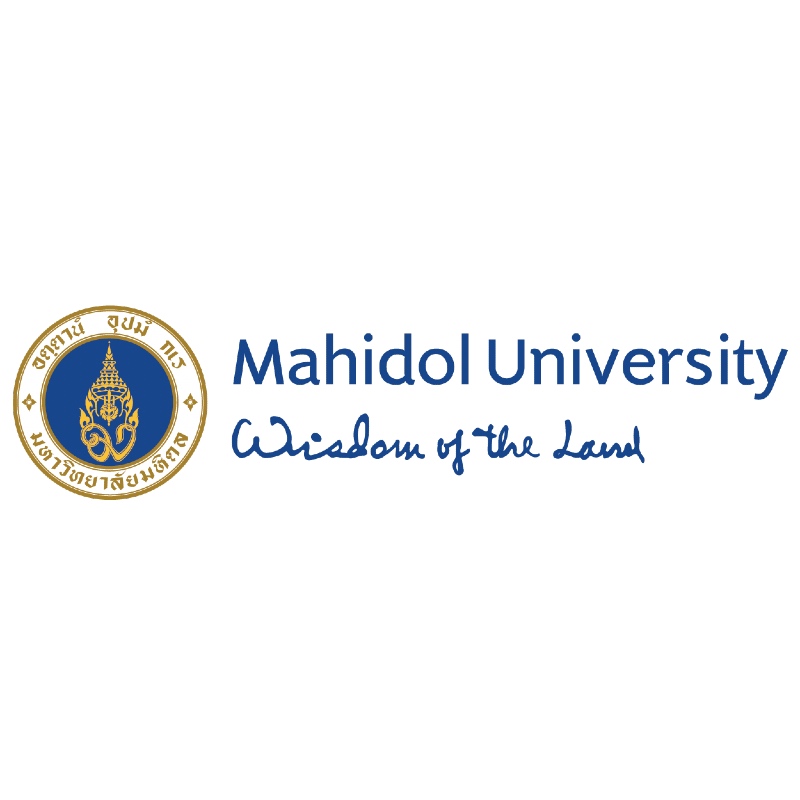 The Faculty of Science at Mahidol University in Bangkok, Thailand, has committed itself to providing the best undergraduate and graduate education and performing the best research in Thailand. The Faculty of Science joins the national effort to make Thailand a knowledge-based society by promoting human resource development in Thailand and the Asian-Pacific region. The Faculty of Science consists of 12 departments including Anatomy, Biology, Chemistry, Biotechnology, Microbiology and Plant Science. Project Dragonfly partners with MU on the Earth Expeditions Thailand course.
The Faculty of Science at Mahidol University in Bangkok, Thailand, has committed itself to providing the best undergraduate and graduate education and performing the best research in Thailand. The Faculty of Science joins the national effort to make Thailand a knowledge-based society by promoting human resource development in Thailand and the Asian-Pacific region. The Faculty of Science consists of 12 departments including Anatomy, Biology, Chemistry, Biotechnology, Microbiology and Plant Science. Project Dragonfly partners with MU on the Earth Expeditions Thailand course.
Pacuare Reserve, Ecology Project International - Costa Rica
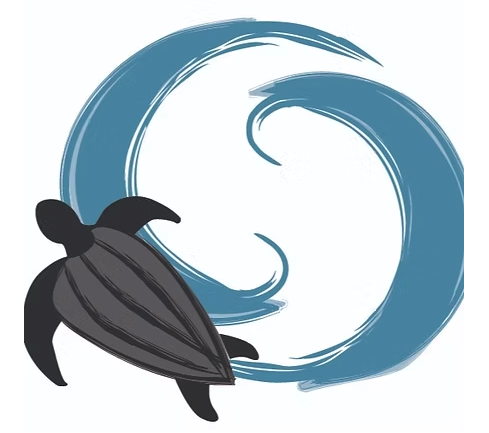 Pacuare Reserve, established in 1989, is situated on Costa Rica's Caribbean Coast and is stewarded by Ecology Project International. What was once logged for timber or grazed by cattle is now almost 2,000 acres of tropical forest and coastline protected for a wide variety of wildlife seeking haven in the region. In addition to the iconic leatherback sea turtle, Pacuare Reserve is home to more than 2,700 species of plants and animals (and counting). Among the more than 200 species of birds, 32 species of bats, 6 species of feline, and many rare, threatened, or endangered animals offer myriad potential for ground-breaking conservation research. Project Dragonfly partners with PR on the Earth Expeditions Costa Rica course.
Pacuare Reserve, established in 1989, is situated on Costa Rica's Caribbean Coast and is stewarded by Ecology Project International. What was once logged for timber or grazed by cattle is now almost 2,000 acres of tropical forest and coastline protected for a wide variety of wildlife seeking haven in the region. In addition to the iconic leatherback sea turtle, Pacuare Reserve is home to more than 2,700 species of plants and animals (and counting). Among the more than 200 species of birds, 32 species of bats, 6 species of feline, and many rare, threatened, or endangered animals offer myriad potential for ground-breaking conservation research. Project Dragonfly partners with PR on the Earth Expeditions Costa Rica course.
Para La Tierra - Paraguay
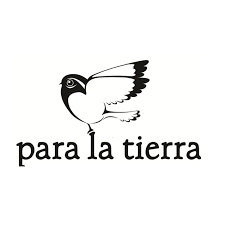 Para La Tierra is not-for-profit conservation organisation that protects habitats and species in Paraguay through scientific research and community outreach. Para La Tierra also promotes a responsible approach to reserve management where tourists contribute to social, scientific and conservation projects that are designed to have a positive impact on Paraguay. Project Dragonfly partners with PLT on the Earth Expeditions Paraguay course.
Para La Tierra is not-for-profit conservation organisation that protects habitats and species in Paraguay through scientific research and community outreach. Para La Tierra also promotes a responsible approach to reserve management where tourists contribute to social, scientific and conservation projects that are designed to have a positive impact on Paraguay. Project Dragonfly partners with PLT on the Earth Expeditions Paraguay course.
Science and Perspective - The Bahamas
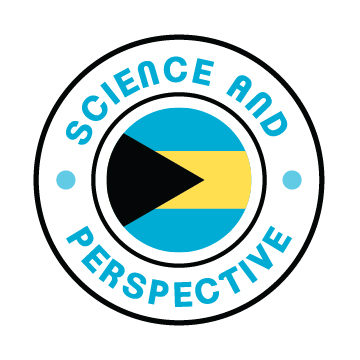 Science and Perspective delivers formal and informal educational content for local communities to support local autonomy in decision-making from the individual to the national level in The Bahamas. They focus on including local knowledge because although we can all use more science, we often need more perspective. Project Dragonfly partners with SAP on the Earth Expeditions Bahamas course.
Science and Perspective delivers formal and informal educational content for local communities to support local autonomy in decision-making from the individual to the national level in The Bahamas. They focus on including local knowledge because although we can all use more science, we often need more perspective. Project Dragonfly partners with SAP on the Earth Expeditions Bahamas course.
SORALO - Kenya
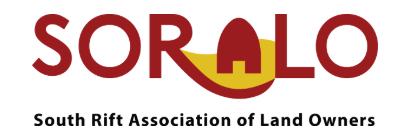 The South Rift Association of Land Owners believes that achieving its vision of healthy, intact, landscapes that benefit people and wildlife requires addressing four key areas of intervention. SORALO’s Theory of Change in Kenya focuses on 1. improving rangelands governance, 2. improving natural resource management, 3. generating benefits and increased income through sustainable natural resource-based enterprises, and 4. promoting cultural values and practices that promote the co-existence of people and wildlife. Project Dragonfly partners with SORALO on the Earth Expeditions Kenya course.
The South Rift Association of Land Owners believes that achieving its vision of healthy, intact, landscapes that benefit people and wildlife requires addressing four key areas of intervention. SORALO’s Theory of Change in Kenya focuses on 1. improving rangelands governance, 2. improving natural resource management, 3. generating benefits and increased income through sustainable natural resource-based enterprises, and 4. promoting cultural values and practices that promote the co-existence of people and wildlife. Project Dragonfly partners with SORALO on the Earth Expeditions Kenya course.
